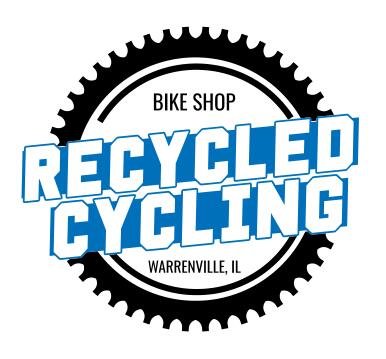Drivetrains…. 1x v/s 3x
When choosing a drivetrain for your bike, a key decision is whether to opt for a 3x (triple) drivetrain or a 1x (single) drivetrain. Both systems offer distinct advantages depending on your riding style, terrain, and mechanical preferences. Understanding the differences between the two can help you make the best decision for your cycling needs.
The 3x drivetrain, featuring three front chainrings, offers the widest range of gears. It can provide up to 27 different gear combinations when paired with a typical rear cassette. This broad range allows riders to handle a variety of terrains, from steep hills to fast flats. Cyclists who tackle long climbs, bikepackers, or riders covering diverse terrains might appreciate the many gearing options that allow for precise adjustments in cadence and power output.
On the other hand, a 1x drivetrain simplifies the setup by using only one chainring in the front. Although it offers fewer total gears than a 3x drivetrain, a 1x system compensates with a wide-range rear cassette. This streamlined design reduces mechanical complexity, making it easier to shift and maintain the drivetrain. The lack of a front derailleur also reduces the chances of mechanical failure, making it especially appealing for off-road cyclists and those who prefer a more straightforward, maintenance-free ride.
A key difference between these systems is the ease of shifting. The 3x drivetrain requires the rider to manage both front and rear derailleurs, which can feel cumbersome, particularly when trying to shift gears quickly in response to changing terrain. In contrast, a 1x drivetrain eliminates the need for a front derailleur, so riders only need to focus on shifting in the back. This makes it more intuitive, especially for beginners or those who prefer simplicity during their rides.
However, the wider range of gears available in a 3x drivetrain can be a significant advantage in certain scenarios. If you frequently ride in areas with steep climbs or long, fast descents, having access to extreme low or high gears could make a noticeable difference. The 1x system, while offering a good range, might not provide the same level of fine-tuning for challenging terrains, especially in very hilly or mountainous areas.
When it comes to maintenance, the 1x drivetrain generally requires less attention. With fewer components—no front derailleur or multiple chainrings—the system is simpler and has fewer parts that need cleaning, adjusting, or replacing. This can be a major benefit for cyclists who ride in dirty or muddy conditions, such as mountain bikers, or for anyone who prefers a low-maintenance setup.
In terms of weight, a 1x drivetrain has an edge. By eliminating the front derailleur and extra chainrings, you can shave off a significant amount of weight from the bike. This reduction in weight is particularly important for competitive cyclists and those who are looking to make their bikes as light and efficient as possible.
Both the 3x and 1x drivetrains have their advantages. If you need a versatile system with a wide range of gears for various terrains, the 3x might be a better choice. On the other hand, if you value simplicity, weight reduction, and ease of maintenance, the 1x drivetrain could be the optimal solution. Ultimately, your decision should depend on the type of cycling you plan to do and the features that matter most to you.
Stop by Recycled Cycling and we can help you find the best drivetrain for your riding style, chosen terrain, and budget!
